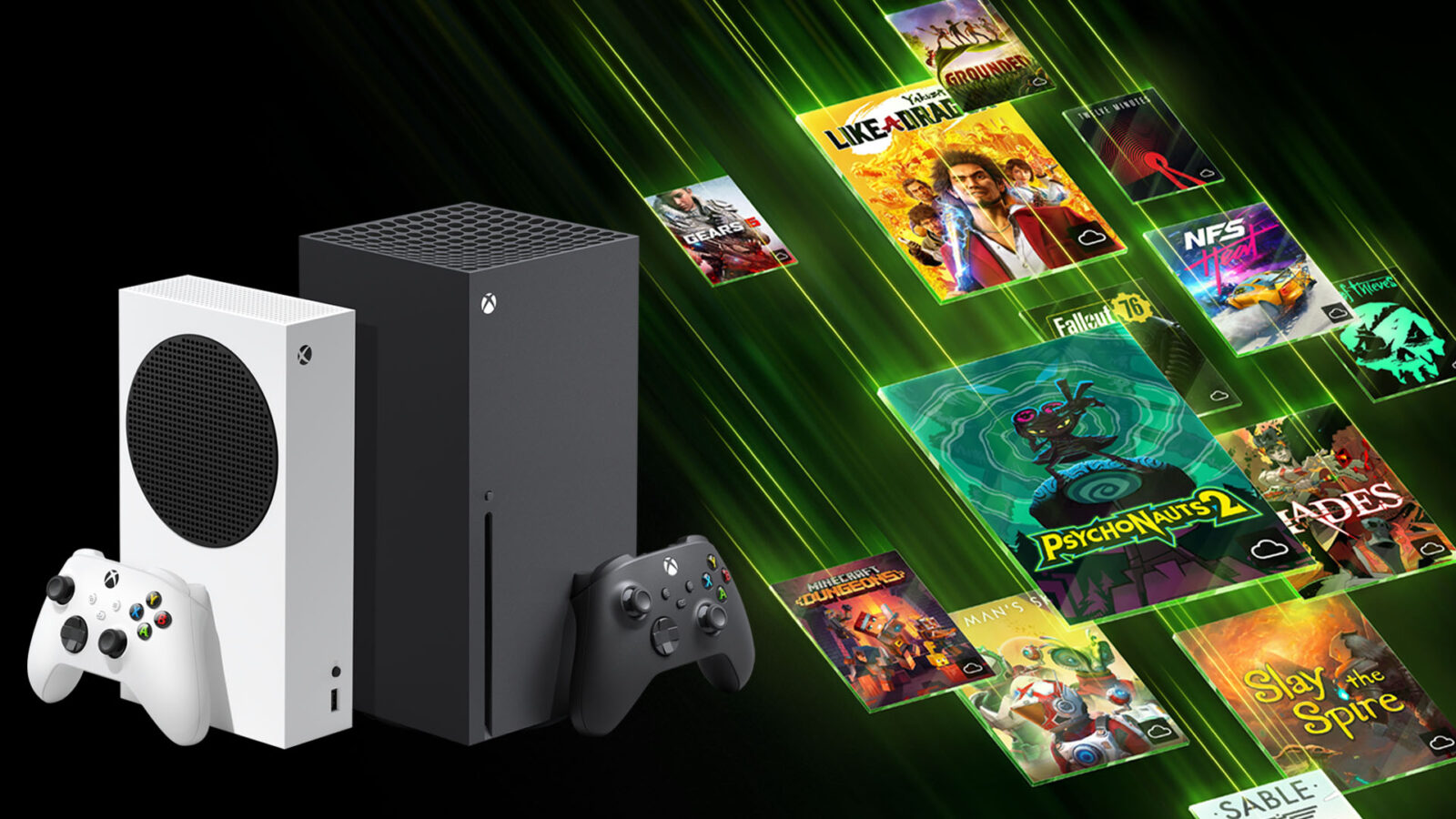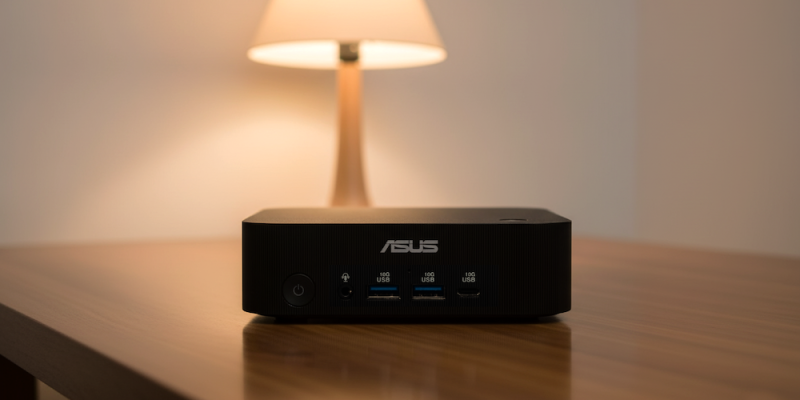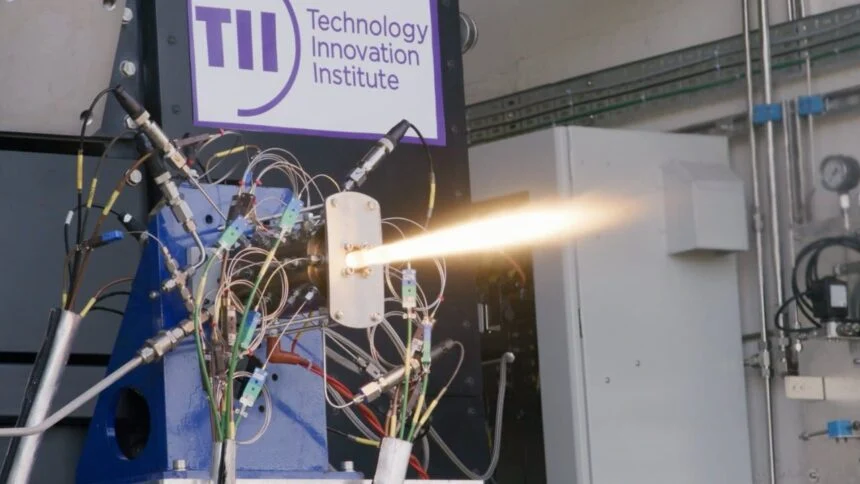[rwp-review id=”0″]
It seems great, in concept. Intel’s Compute Stick is just what it sounds like – a computer, inside a stick. So I have decided to give it a test run.
Specs-wise, it runs Windows 8.1 with Bing (upgradeable to Windows 10) on an Intel Atom Processor, has a 2GB memory and 32GB of storage capacity — so yes, it’s pretty much a pocket PC. But how well does it perform, what can it do, and more importantly, what can’t it do? Let’s find out.
It comes nicely packed in a box that’s about the size of an iPhone package, and I pulled it out pretty quick to look at the bits and bobs. Off the cuff, the device looks plastic-y, about the size of a dongle and perhaps the Intel Inside logo on it is a tad large, almost like they don’t want you to forget what brand the device is. It comes with an HDMI extender cable and a power cord – this isn’t a charging cord, by the way, it’s a power cord since the device doesn’t have a battery. I found this surprising as the visuals you see online or in marketing collateral make it seem like a wireless device, but that isn’t the case. This does cause a bit of clutter, but I let it pass.
Anyway, so I plugged the device into the HDMI port of the TV, switched on the power and was ready to go. Windows 8.1 started up and asked for a few details. And that’s when it occurred to me that I would need a wireless keyboard and a mouse to make this work. Thankfully, the guys at Intel had supplied that as well, so once I pulled those out of their packaging and set up the keyboard to connect via BlueTooth, I was all set up. It must be noted here that since the keyboard was connected to the device wirelessly using a USB dongle, the dongle used up the only USB slot on the Intel Compute Stick.
The first prompt asked me if I wanted to upgrade to Windows 10 for free, and I said why not? The update takes a couple of hours, so I had to find something else to do. Once the update was done, this time, I was finally set up to go.
For regular use, it seems pretty fluid. It runs Windows 10 quite well with no noticeable lag, considering it’s running on Atom with only 2GB memory. I tried out the new browser, Edge, which they’ve been harping on about – nothing special yet, especially with the recent news that they aren’t adding on any plug-ins until late 2016, which made me use the browser for the only thing I thought it was good for – downloading Chrome!
Also, I downloaded a couple of apps on the Store, namely Facebook (which is like the tablet / smartphone app), the Star Wars Commander game, which ran pretty smoothly, as well as the Twitter app and Skype.
The device has its limitations, though. First off, the storage memory of 32GB is way to small, assisted somewhat by the memory card slot. But the memory card is only for documents and data – I wasn’t able to store any apps on it. To get any real work done, the least I would need is Microsoft Office, and with Windows itself taking up 10GB of the overall space, I didn’t want to risk it. The single USB port is a limitation too, and one can insert a USB expander port, that would just add to the clutter, and require an additional power slot.
The Intel Compute Stick, is, of course a 1st gen product, but still very much a prototype of how much can be crammed into a small, pocket-friendly (see what I’m doing here?) device. At this point, it can’t be used as one’s only device, and even portability is an issue when you consider that peripherals need to be carried. There is an app that one can download for mobile or tablet where it connects wirelessly to the ICS and works as a digital keyboard, but you still need a Bluetooth keyboard for initial installation. And if you want to use Skype, you’d still need a webcam attached to your TV or monitor.
Having said that, at AED 499, it’s a cute device and can be used to some extent. More slots and better performance in future models will decide if this line of products has an extended life or not.






